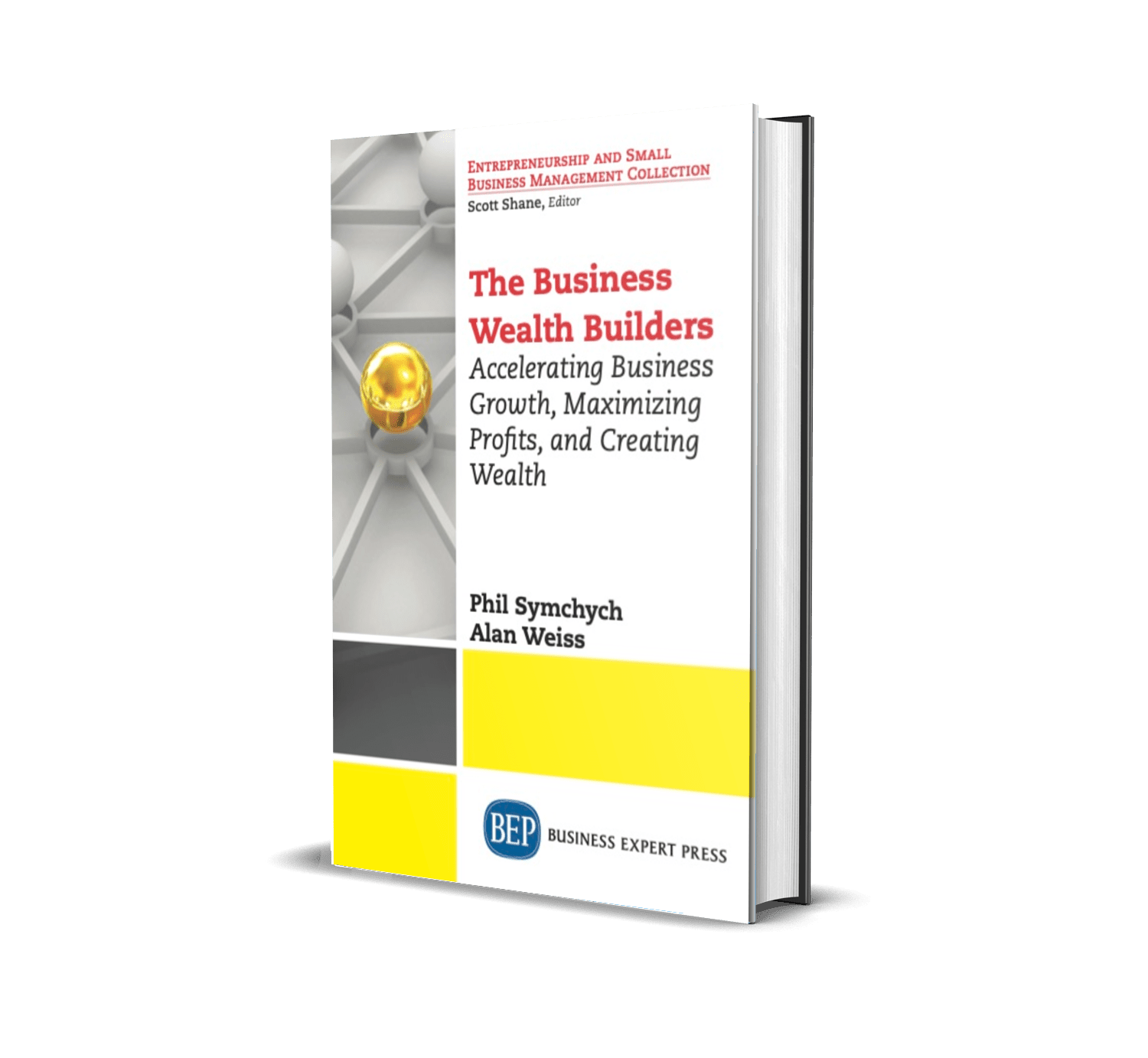What’s your plan for next year?
Let’s get to the point. What will you accomplish in terms of products offered, customers and geographies served, and financial results? How fast can you grow? Will you run out of gas before you achieve top speed?
Investors, bankers, and shareholders want to know what your business plan looks like for the next year.
A plan gives you control. It increases your speed. And it makes your business more profitable and more valuable.
So, what’s your plan?
Some high growth companies are “too busy” to develop a formal plan or only crank one out to keep the banker happy.
But plans don’t keep bankers happy…following your plans, achieving results, and generating positive cash flows keep your bankers happy! More importantly, these results keep your customers, shareholders, suppliers, employees, and especially owners happy!
Over a decade ago, I developed a business planning model that I now call the SME Business Wealth Builder Growth Model. I want to share this with you to help you grow your business.
I’ll present the key components today so that you can use this for your planning now. Over the next few issues, we’ll discuss each section in greater detail. (If you’re in a rush, you can always call me to help speed things up.)
SME Business Wealth Builder Growth Model
The three main parts include:

These sections and their components also give you a great structure for your annual report!
In consulting with hundreds of businesses in 41 industries over the last 25 years, most business owners and leaders I’ve observed spend too much time in operations and not enough on strategic and management perspectives.
Does this describe you? What percentage of time do you spend on each of these areas? What should it be?
The keys to planning for next year are to develop a balanced plan that looks at strategic, operational and management initiatives and activities. This plan should only consume a few pages and could be summarized onto one page!
Strategic considerations are the tip of the arrow and guide your business. They include:
- Business strategy — how do you proactively provide maximum value to your ideal customers, and how do you quantify this value? And, how will you create a sustainable, differentiated competitive advantage in the market?
- Structure — what are your optimal structures for the management organizational chart, legal, tax, and geographic considerations for your business when it’s significantly larger than it is now (so that you can grow into them painlessly).
- Systems — what systems, policies, procedures, and governance will you need to guide your business?
Operational considerations focus on your daily activities and include:
- Talent — what kinds of people, attitudes, and skills do you need now and in the future, and how will you recruit and retain them?
- Operations — how can you double (or more) your capacity, speed, quality, or whatever your customers value? In my experience, operational capacity is the second most common constraint in small/medium enterprises.
- Marketing and customers — what will you do to strengthen your brand (which is your customers’ perception of your value) and attract more customers faster and at a lower cost of acquisition?
- Financial — what resources do you have and will you require to double the size of your business?
Note: If you’re not aiming to double in size eventually, you may be aiming too low, and you’ll likely experience all sorts of incremental growing pains along the way as one system temporarily outgrows another part of your business.
In other words, you’ll be jumping from one bottleneck to the next. If this describes you now, where you’re always fighting fires, then you’re thinking too small.
Management includes everything else, and specifically these sections:
- Goals — what are the specific goals and their relevant metrics so that you can measure progress towards the goals?
- Obstacles — what challenges do you expect and how will you overcome them? (Note: optimists expect challenges and expect to be able to overcome them. Most entrepreneurs are optimists!)
- Resources — what are your strengths and assets and things you can use to grow your business? These include loyal employees with lots of knowledge and relationships with customers and suppliers (that’s not on your balance sheet!), company reputation, intellectual property, proprietary knowledge, and company values.
- Risks — what are the internal and external factors that may have a lower probability but their impact could be severe? These include losing a key customer, reliance on key people, banker stability and support, interest rates, and other normal business risks.
- Succession — what’s the plan to ensure management talent is in place now and in the future? What about ownership support and continuity?
- Exit — what’s the ownership exit and transition plan? What’s Plan A? Plan B?
- Management — senior leadership needs to oversee everything listed above, ensure people are focused and aligned on the priorities, support people to achieve their goals, give them resources, and hold them accountable for results.
Management, or specifically the lack of management depth and time spent on management, is the most common constraint holding back businesses from achieving their potential.
Building your management team is the most important single thing you can do to grow your business, serve more customers, and make a bigger impact on the world.
Full speed ahead!!
If you’d like to discuss how I can help you plan to double your business, please call me at 1-306-992-6177 or send me an email at [email protected].
Thanks for reading! Please feel free to share this newsletter.


